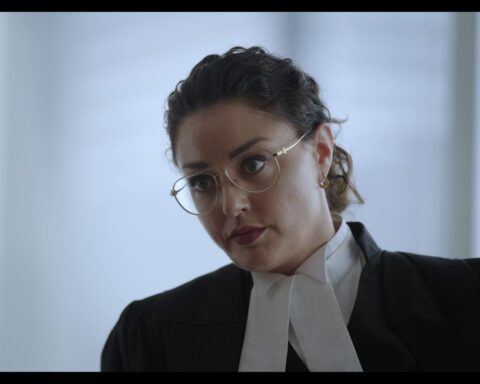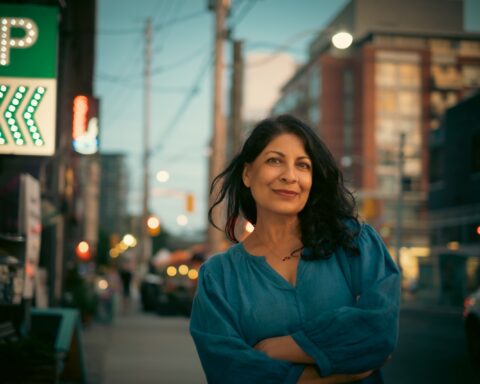Zaatari Djinn
(Netherlands, 90 min.)
Dir. Catherine van Campen
Years ago, in south-western Morocco, I was walking across a wide plain with Mohammed Baidou, a friend who loved telling tourists anything and everything about his village and its culture. It was a dark night, nobody in sight as far as the eye could see, and I said something in a loud voice. He told me to bring it down because I was attracting djinn.
Djinn, in Catherine van Campen’s engaging film, Zaatari Djinn is a reference point, motif, and metaphor. During a Q&A following a screening at the Rencontres internationales du documentaire de Montreal, van Campen said she didn’t plan on invoking the creatures; she discovered them during production.
“The djinn are spirits who have a great influence on everything that exists in the world, including man,” explains a guide to Morocco that I co-wrote with the late David Gray. They are not cartoon movie genies although according to someone in Zaatari Djinn, they sometimes grant wishes. The guide continues, “Taken seriously, they have no fixed form. They can appear suddenly in the shape of a tree, a cat, a flea, and even a man’s wife.”
Considering the subject of van Campen’s movie is a Syrian refugee camp in Jordan, you would expect it to be grim and ominous. Instead, focusing on four children (80% of the camp’s population are kids), she finds constant emanations of beauty and magic in a tragic situation. Accompanied by a soulful score, the movie’s images and situations flow gently as it focuses on four young refugees: Ferras, Fatma, Mryam, and Hammoudi.
Zaatari Djinn aims at capturing a child’s POV often using extreme close-ups and macro shots heightening a wonderstruck sense of life. Zaatari Djinn is saturated with the vivid colours of headscarves, T-Shirts, wall paintings, shop displays and the coverings on foam mats in pre-fab dwellings. Birds, roosters, grasshoppers and fleeting shadows are mesmerising.
In fire lit scenes, the kids listen to stories told by loving adults. They travel mentally into magical worlds, particularly the world of djinn. At one point, a woman tells one of the girls that good djinn make things green through the magic of photosynthesis. The kids get steeped in myth and science simultaneously. Life lessons and moral lessons abound.
Good djinn and bad djinn act on the world, just as grace and beauty co-exist with the plight of the refugees, which we are most aware of when Miryam, who dreams of being an actress and acts in the camp drama group’s production of King Lear, calls home. She asks if her village has been bombed: that’s the reality of her situation and those of the others.
The children we come close to in the film have been ripped away from their war-torn homes, longing for their olive groves and fertile Syrian valleys as they mark time in the desert. But the film is also saying that whatever the deprivations they are suffering, culture and love sustain people and carry them through trauma. In a film about a refugee camp, van Campen reveals a rich life, constantly moving and fluctuating.










